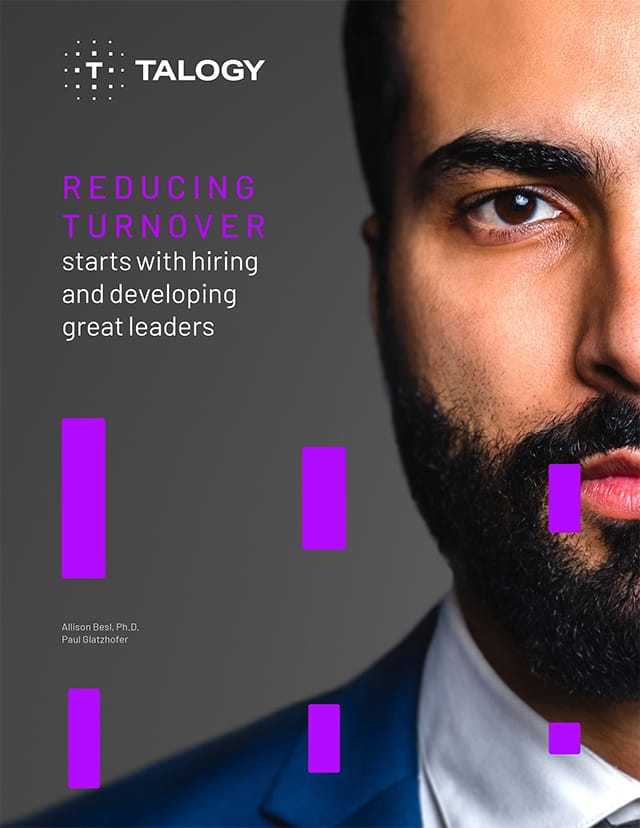Written by Monica Elcott, Principal Consultant
You may have heard media coverage and discussions lately about “The Great Resignation.” A phrase coined by Texas A&M Associate Professor of Management Anthony Klotz, it refers to the observed phenomenon of employees voluntarily leaving their jobs at a rate higher than usual as employees return to work in a post-pandemic world. According to the US Bureau of Labor Statistics, in 2019 the average resignation rate was 2.3%. In 2020 it was 2.1%, and during the month of April 2021 (the latest full data set available at the time of publication) the resignation rate was 2.8%. So how do you take proactive steps to ensure that you avoid falling victim to “The Great Resignation”? The answer probably isn’t a secret.
What is driving this trend?
There are a number of contributing factors that are likely to be driving this phenomenon:
- For many, the pandemic created an environment of uncertainty. The natural instinct for many employees is to place a high value on employment and job security during uncertain times. The risk of leaving a job during a pandemic is higher than the cost of staying in a situation in which they are dissatisfied. As the pandemic eases and restrictions are lifted, the risk-reward ratio shifts and employees are more likely to feel comfortable changing their jobs.
- Numerous organisations implemented employee layoffs and furloughs during the pandemic when it was necessary to trim costs. The employees who stayed behind to pick up the slack are working longer hours and experiencing occupational burnout .
- The shift to remote work was experienced for the first time by many employees during the pandemic. The time saved due to the lack of a commute increased work-life balance and gave greater autonomy. Adaptation to new technology as a means of keeping in touch with colleagues led millions of Americans to find this new way of working to be appealing.
- Overall, the pandemic forced members of society to slow down and re-evaluate what is most important in their lives. A greater emphasis is being placed on well-being and mental health, and employees are making career decisions that will help them meet their goals of life satisfaction.
How can you prevent it from occurring at your organisation?
Organisations have long been measuring, evaluating, and emphasising employee engagement as an HR business objective. “The Great Resignation” presents a challenge to employers that may seem temporary, but the overarching efforts to improve employee engagement should not be overlooked.
- Gauge current levels of employee engagement with a temperature check. Leaders should be asking specific questions that can provide insights into what your employees value most.
- Combat occupational burnout by giving them a break. Encourage use of paid time off, schedule team lunches, or plan a weekly coffee break/happy hour. Also work with employees on efficiency and time-saving strategies at work.
- Show employees that you are invested in them. Developmental assessments and other initiatives can demonstrate to employees that you value them and their career trajectory.
- Empower business unit leaders and employees to come up with ideas for reshaping jobs and teams to allow for flexible work arrangements where it makes sense.
When the pandemic began sweeping the globe, companies immediately took all necessary steps to safeguard the health of your employees and the state of your business. We encourage you to approach subsequent decisions with an equal sense of urgency and the same end goals to protect your workforce. These decisions will allow your organisation to continue to thrive in the reshaped world of work and ultimately avoid falling victim to “The Great Resignation.”



